This newly identified reserve contains high-grade ore with an iron content exceeding 60%, positioning it as a major strategic asset for the global steel supply chain. China, the world’s leading steel producer, currently imports over 65% of its iron ore from Australia. Experts believe that this discovery could support long-term price stability and help China diversify its supply sources, reducing reliance on existing mines.
Scientific assessments have confirmed the quality of the ore using advanced isotopic dating and chemical analysis techniques. Initial estimates suggested an iron content of around 30%, but further analysis revealed that it exceeds 60%, significantly increasing the economic potential of the deposit.
In the same region, the Paraburdoo mine, developed through a $2 billion joint venture between China’s Baowu Steel Group and Rio Tinto, recently began operations. The facility has an annual production capacity of 25 million tonnes and is expected to operate for the next 20 years. Looking ahead, Rio Tinto plans to invest more than $13 billion in Western Australia’s Pilbara region between 2025 and 2027.
One key project, Western Range, is seen as a major component of Australia–China resource cooperation. The partnership between Rio Tinto and Baowu dates back to 2002, when they began developing the Eastern Range deposits in the Hamersley Basin.
As Australia continues to rely on iron ore exports to fuel its economic growth, the country is also facing the need to expand investments in sustainable mining and high-grade ore production to maintain its global competitiveness.


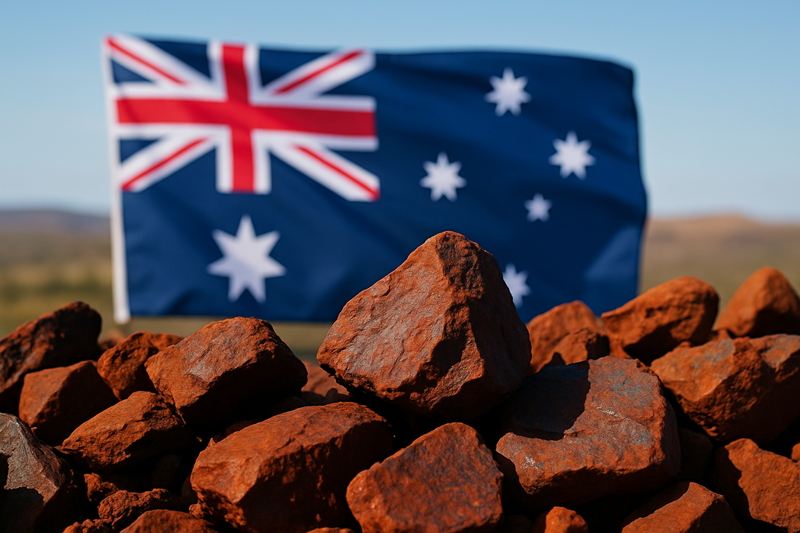
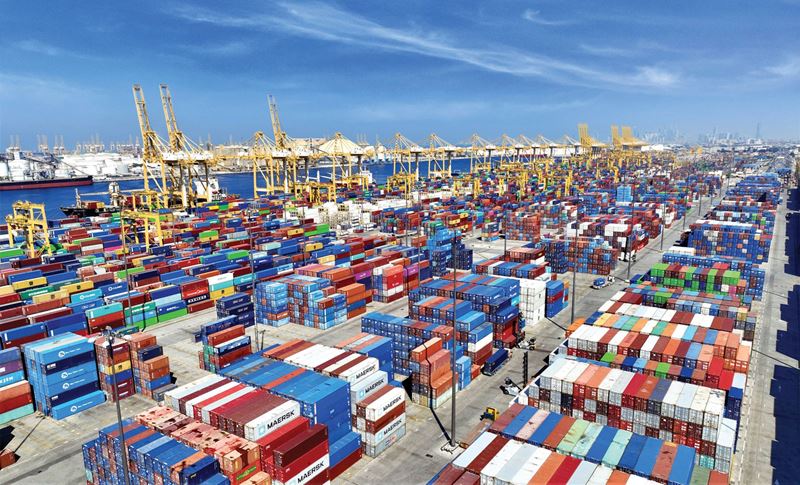
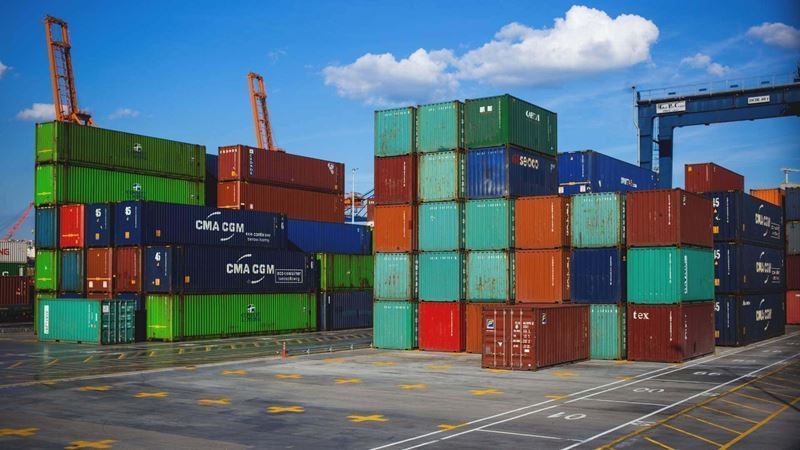
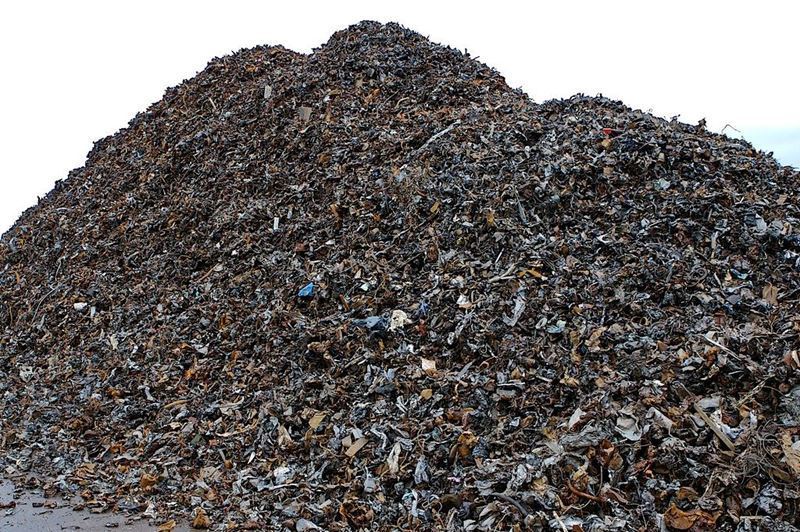
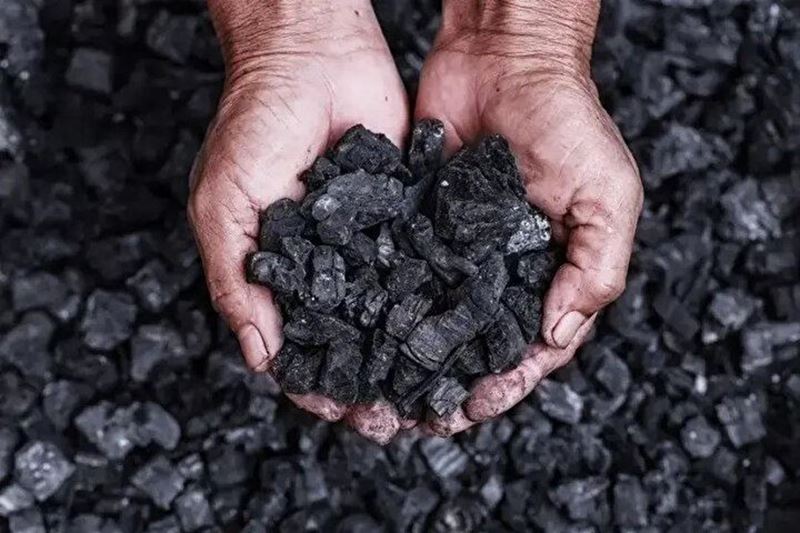
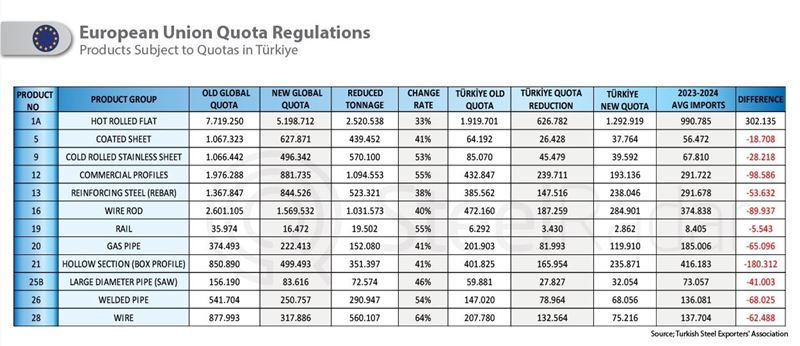

Comments
No comment yet.